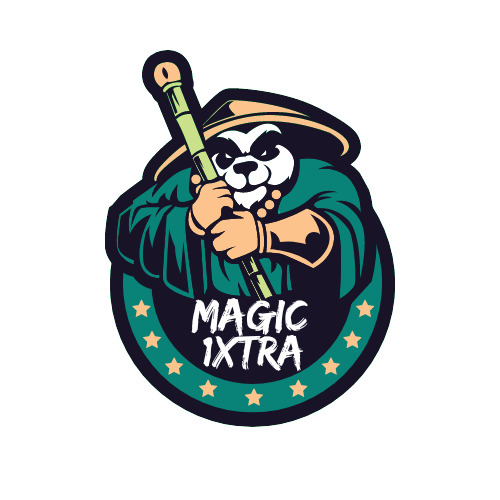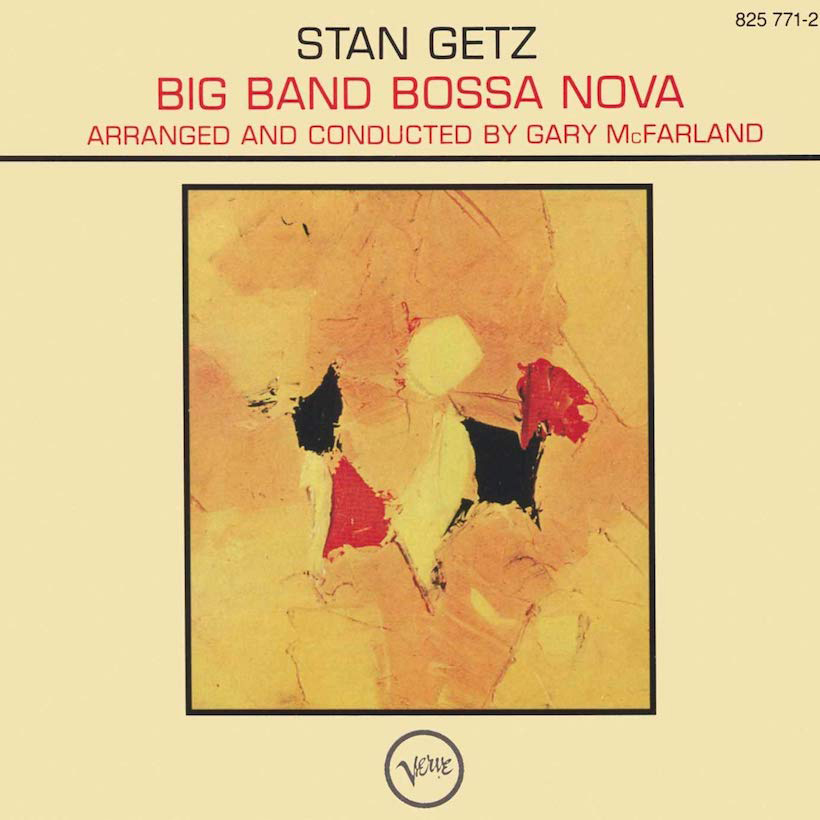Bossa Nova means “new wave” or “new trend,” and Big Band Bossa Nova rode that wave, making the US album chart in the wake of the success of Jazz Samba (1962) and prior to the release of Getz/Gilberto (1964). Sandwiched between those two classic albums of the era, it sometimes gets unfairly overlooked.
Recording for this album began on August 27, 1962, at Columbia 30th Street Studios in New York City, when the whole of side one of the original LP was laid down. The four tracks on side two were done the following day. Besides the wonderful tenor sax of Stan Getz, the piano playing of Hank Jones is particularly good, while Jim Hall plays acoustic guitar in the Charlie Byrd role. Other musicians include Clark Terry on flugelhorn and Bob Brookmeyer on Side 2.
Listen to Big Band Bossa Nova now.
The premise of the album was simple: Getz asked the 28-year-old prodigy Gary McFarland to arrange a bossa nova album for big band as a follow-up to Jazz Samba. McFarland ended up writing four of the tracks. The other tracks come from Brazil’s Antonio Carlos Jobim, João Gilberto, and Luiz Bonfá. (Six months later, in February 1963, Getz recorded Jazz Samba Encore with both Jobim and Bonfá.)
Released in November 1962, Big Band Bossa Nova wasted no time in charting on the Billboard album bestseller list, three days before Christmas. It went on to peak at No.13 and spent a total of 23 weeks on the chart.
In its review of the album, Billboard concentrated more on the cover art by Olga Albizu than they did on the playing. In January 1963 the same magazine said, “Jazz dealers have an extra lift in their gait these days, thanks to some solid sales supplied by the music from the South, way south – the new beat from Brazil, Bossa Nova.”



